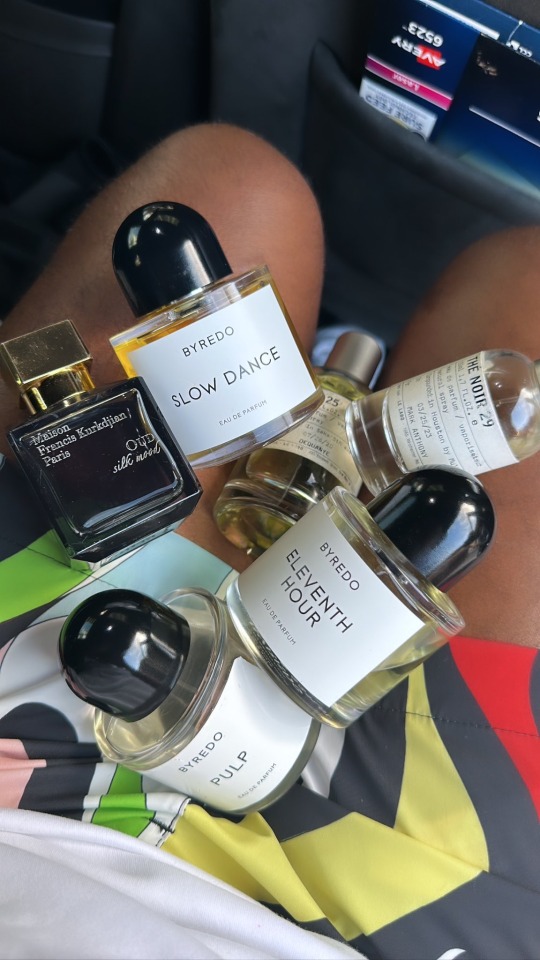#spaintravel
Text



Landscapes of Gran Canaria
#nature#landscape#vscocam#travel#outdoors#vsco#artists on tumblr#photographer on tumblr#tumblr radar#mountains#lensblr#rural#grancanaria#spaintravel#sunset
2K notes
·
View notes
Text

I’m just in love with being in the sun ☀️
#scottish#blue eyes#biseuxal#summer holiday#holiday#sunshine#spaintravel#gran canaria#canary islands
60 notes
·
View notes
Text
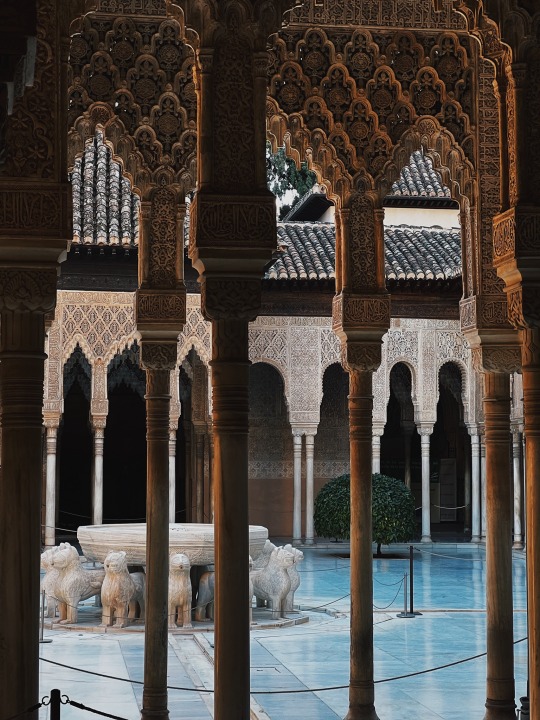

Details
50 notes
·
View notes
Text
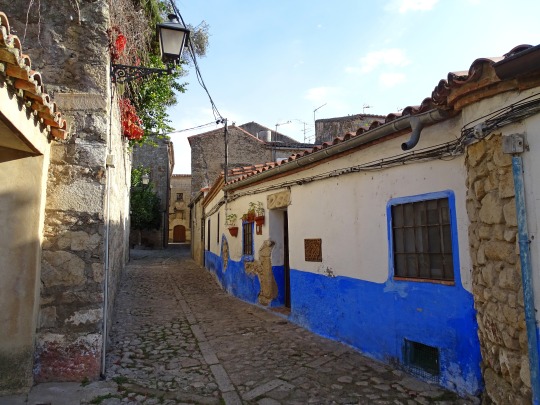
An adorable street in Trujillo, Spain.
Explore Trujillo on my website:
#spain#streetscape#travel#urbanexploration#wanderlust#spaintravel#architecture#historical architecture#trujillo#original photography#my photo#photographers on tumblr#streetphotography#wanderingjana
12 notes
·
View notes
Text
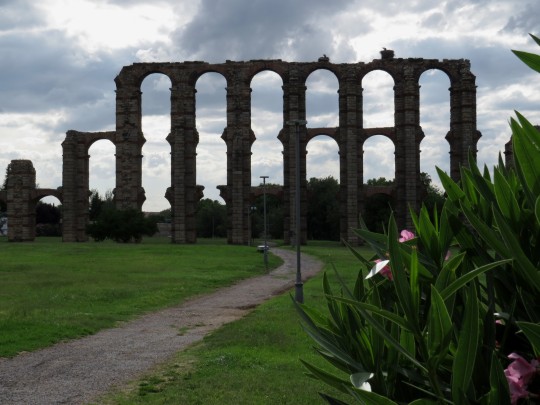
Mérida, Extremadura, Sp.
17 notes
·
View notes
Text
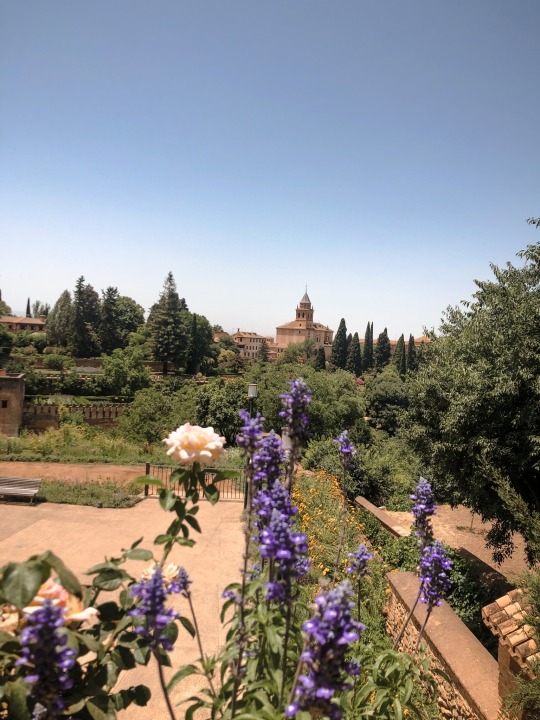
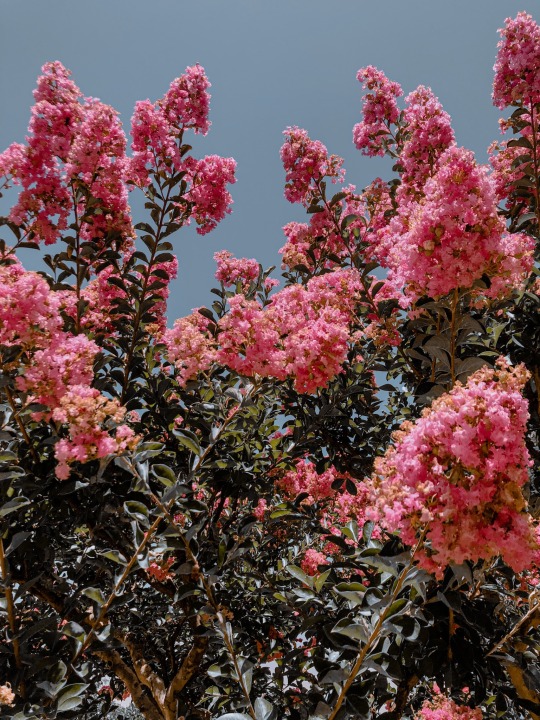

Alhambra, Granada, Spain 🇪🇸
#alhambra#granada#spaintravel#spaintrip#flowers#floral#flower garden#generalife#nasridpalace#travel europe#europetravel#andalucia#al andalus#beautiful views#flower viewing
118 notes
·
View notes
Text
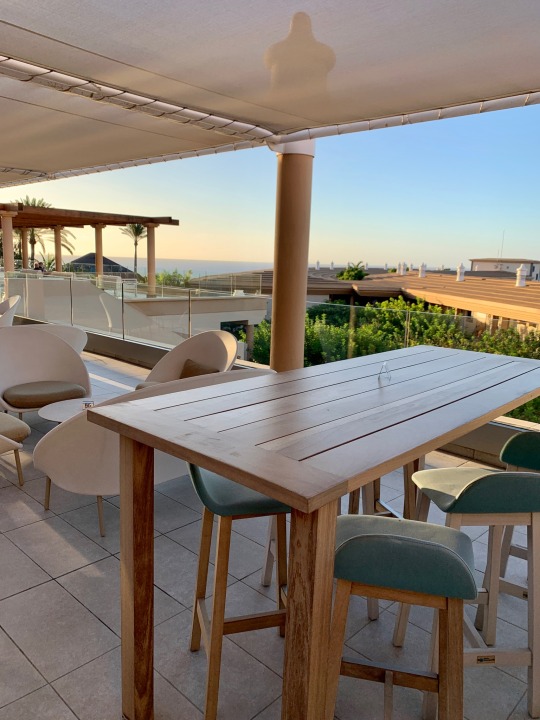
Source: @goldenglmr
#tumblr#inspiration#aesthetic#amazing#wow#indie#summer#golden#golden summer#inspiración#sun#spain#spaintravel
21 notes
·
View notes
Text

Here are some facts about the Moors in Europe: They ruled Spain and Portugal 754 years before the fall of the Mali Empire.
1. The Moors brought a wide variety of new fruits and vegetables to Europe.
The Moors brought many new fruits and vegetables to Spain and Europe that were considered exotic novelties at the time. These products included pomegranates, peaches, lemons, oranges, saffron, cotton, rice, silk, sugar cane, and a variety of other fruits and vegetables. Even though they are commonplace today, the Spanish at the time considered these objects to be almost alien. Several centuries later, they are still important components of Spanish food and production.
2. The Moors Developed Far More Rapidly Than Medieval Europe
The Arabs had an advanced civilization known for its architecture, science, mathematics, and exploration when they conquered the Iberian Peninsula. When the Moors arrived in Spain, they brought with them architectural innovations that astounded European stonemasons. The Alhambra, a fortress and palace complex in Granada, Spain, is one of the most stunning examples of Moorish architecture. Its construction started in 1238, and its grandeur and beauty far outstripped those of any comparable palace. It is still one of the palaces of the Islamic world that has been preserved the best today.
3. Chess Became Popular Across Europe Because of the Moors
Chess has been played for more than 1,500 years, but the Moors brought the game in its present form to Europe. The Moors brought chess to Spain after it had spread from India to the Arabic world. It spread through Europe's courts and society very quickly after it gained popularity. Chess was a well-liked game of strategy and endurance in medieval Spain. Chess was first mentioned in writing in Spain in the Catalan Testament in 1010 AD.
4. The Moors Took Their Hygiene Very Seriously.
A Moor, according to a catchphrase, "would rather go without bread than without soap." The Moors were known for their love of cleanliness. Due to their customs and the demands of their religion, the Moors valued cleanliness and often bathed; in the Moorish town of Cordoba, there were about 900 public baths. This made it possible to maintain proper hygiene at a time when plumbing and running water were still uncommon. Some sources also assert that the Moors introduced some kind of soap to Europe, ushering in a new era of hygiene.
5. The Moors Placed a High Value on Education
The Moors placed a high value on education and made sure that everyone in their realm had access to it. This was in stark contrast to medieval Europe, where education was only available to the richest nobles and clergy and where 90% of the populace was still illiterate. In fact, there have even been instances of European Kings who are illiterate. The Moors founded 17 prestigious universities in Spain, including ones in Cordoba, Malaga, Granada, Seville, Toledo, and Almeria.
6. Many Moorish Words Are Still Used Today in Spanish and English
The Moors introduced new ideas and words to Europe after they arrived, and these quickly assimilated into the common language. Up to 4,000 words in the Spanish language have Arabic roots, including algebra, checkmate, and influenza. Cipher, alcohol, chemistry, typhoon, orange, alkaline, cable, and nadir are additional examples.
7. The Moors Were Very Resourceful
The old Roman irrigation systems that the Moors discovered in Iberia had great potential, so they quickly adopted, improved, and revived them. This increased agricultural productivity and boosted the economy. Additionally, they were able to grow new crops they had brought, including figs, dates, apricots, lemons, and oranges. Thanks to the Moors' creative irrigation methods, Spain quickly rose to become one of Europe's top producers of crops.
8. The Moors brought significant Changes to Spanish Cuisine
For Europeans, spices were an uncommon commodity, and their cuisine was frequently regarded as bland. By bringing over hundreds of unusual spices, fresh recipes, and cutting-edge cooking techniques, the Moors altered that. We still eat a variety of wonderful dishes as a result of this culinary revolution. The spice markets of the Moors were renowned for their variety and provided options for chefs of all types. These medieval markets must have had the most amazing sights and smells.
#moors#mali#arabs#history#spain#portugal#europe#cuisine#food#spaintravel#lonely planet#architecture#good vibes#vibes#lifestyle#style#mood#aes#aesthetic#aesthetics
7 notes
·
View notes
Text

The streets of Altea on a foggy night
#spain#spaintravel#spanishtown#comunidad valenciana#alicante#photography#dark academia photography#dark acamedia#dark academia aesthetic#foggy#foggy aesthetic#aesthetic#foggy landscape#foggy night#city lights#small town#books and candles#candles#beautiful photos#warm light#warm aesthetic#dark academism#my photgraphy#streetshot#streetphotography
22 notes
·
View notes
Text

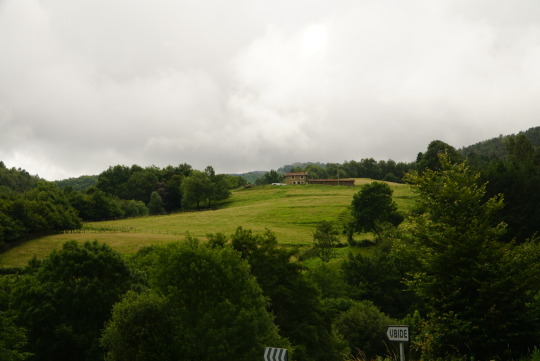
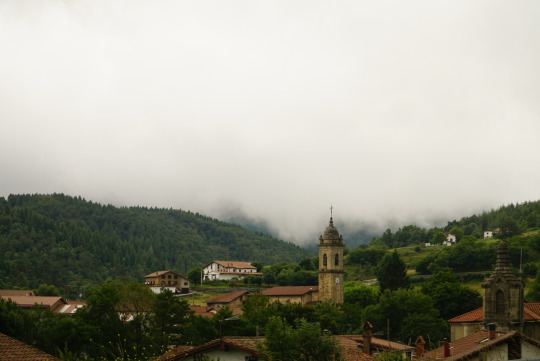

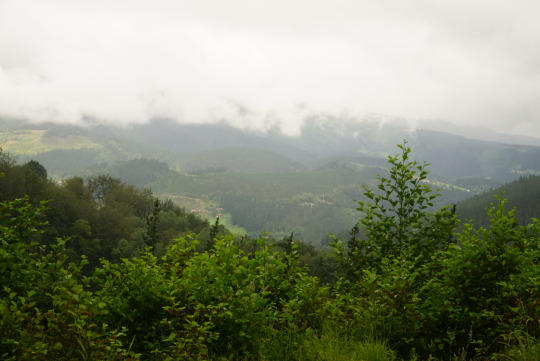
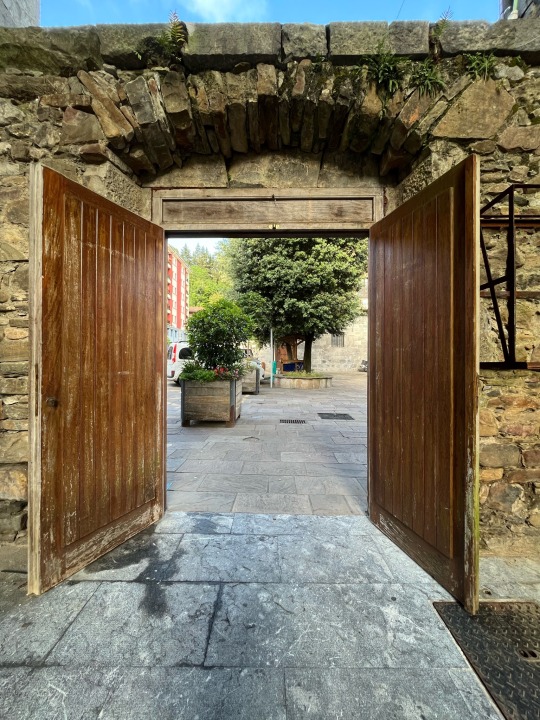

Compilation basque country Vol.l
#photoshoot#sonyalpha#photography#phone#pays basque#landscape#forest#spaintrip#spain photographs#spaintravel#sonya6000
7 notes
·
View notes
Text
Skateboarding about the clouds at sunset in Tenerife, España ☁️🌤🌅🔥
33 notes
·
View notes
Text

Spain, Barcelona 🇪🇸❤
📷 @dani_hm_bcn
7 notes
·
View notes
Text

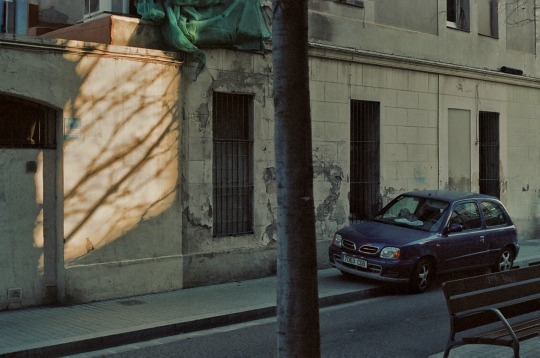

Barcelona March 2023
#barcelona#spain#spaintravel#filmisnotdead#film photography#filmisalive#streetphotography#streetlife#35mm#35mm film#35mm color film
7 notes
·
View notes
Photo
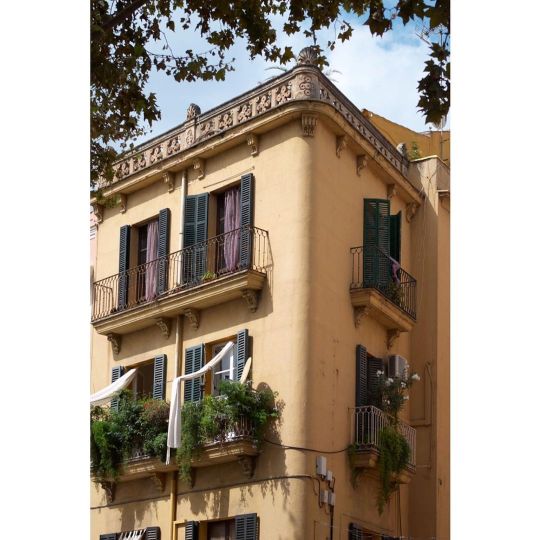
#architecture #palma #spaintravel #mallorca🌴 https://www.instagram.com/p/CrysVM3sinQ/?igshid=NGJjMDIxMWI=
14 notes
·
View notes
Text

Deià, Mallorca. 2022.
Painted en plein air. Oil on board.
Find more of my work at www.davidcarpenterart.co.uk
#landscape painting#oil painting#oil#en plein air#oil landscape#pleinair#oil on board#pleinairpainting#plein air#landscape#landscapepainting#painting#mallorcaisland#mallorca#majorca#spain#spaintravel#sunlight#traditional painting#impressionism#paintingoutdoors#oilpainter#streetscene
65 notes
·
View notes


